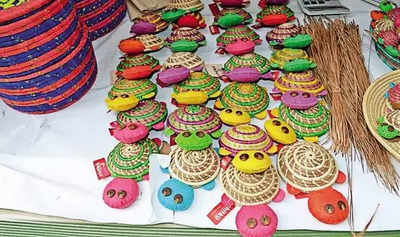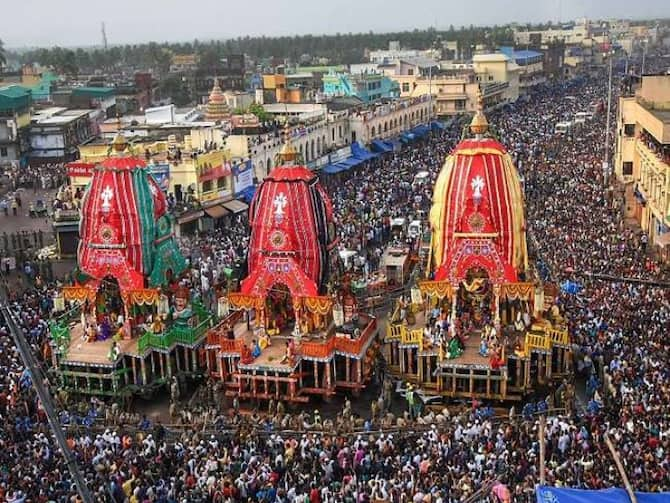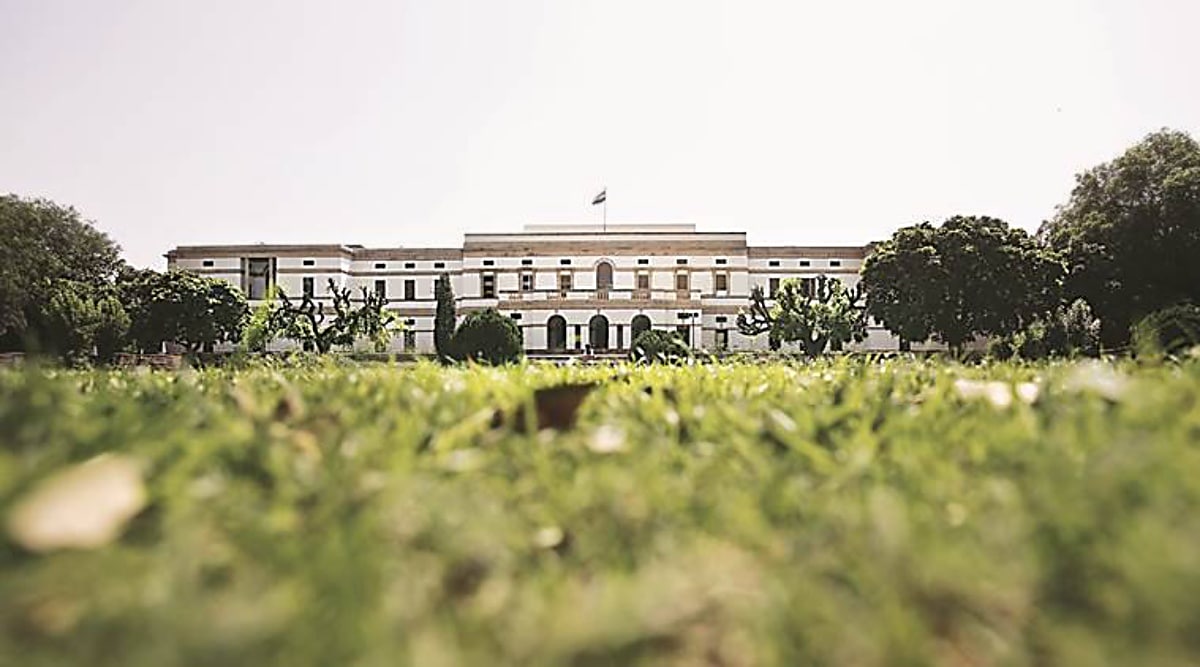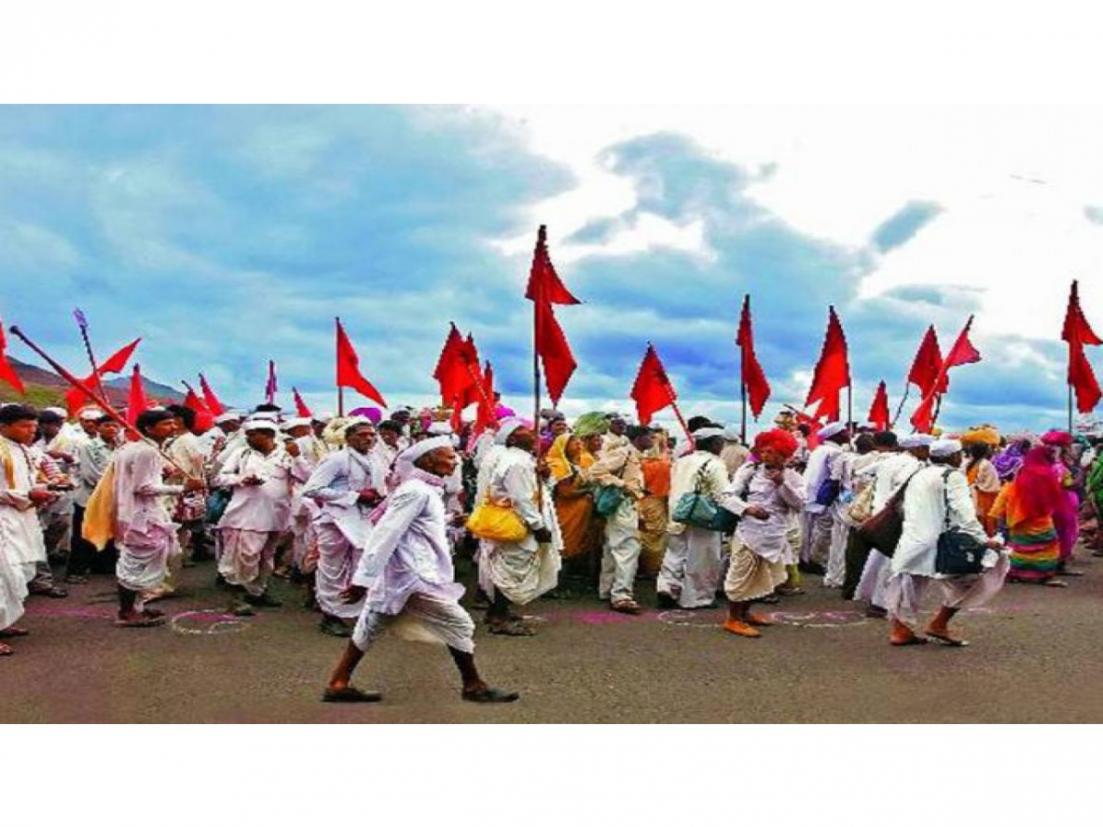- The Geographical Indications Registry in Chennai has awarded Geographical Indication (GI) tags to seven different Uttar Pradesh products.
- These items represent the region’s rich heritage and workmanship.
What is GI Tag?
- A geographical indication (GI) is a symbol used on items that have a specific geographical origin and have traits or a reputation that are due to that origin.
- Nodal Agency: Department for Promotion of Industry and Internal Trade (DPIIT), Ministry of Commerce and Industry In September 2003, India adopted the Geographical Indications of Goods (Registration and Protection) Act, 1999 as a member of the World Trade Organisation (WTO).
- GIs are defined in Article 22 (1) of the World Trade Organization’s Agreement on Trade-Related Aspects of Intellectual Property Rights (TRIPS).
- The tag is good for ten years.
GI tags awarded in UP
(1) Amroha Dholak – A Musical Masterpiece
- The Amroha Dholak is a natural wood musical instrument made with a preference for mango, jackfruit, and teakwood.
- Carving Method: Skilled artisans carve multiple-sized hollow blocks out of mango and sheesham wood, which are then fitted with animal skin, primarily goatskin, to construct the instrument.
(2) Baghpat Home Furnishings – Timeless Handloom Artistry
- For years, Baghpat and Meerut have been known for their exclusive handloom house furnishings and running fabrics made from cotton yarn.
- Traditional Weaving: In the handloom weaving process, skilled weavers in the region use only cotton yarn, ensuring the authenticity and quality of the products.
(3) Barabanki Handloom Product – A Heritage of Weaving
- Barabanki and its neighbouring territories are home to over 50,000 weavers and 20,000 looms, demonstrating the importance of handloom weaving.
- Weaving Tradition: The region has a strong tradition of handloom weaving, with experienced craftsmen contributing to Barabanki’s thriving textile sector.
(4) Kalpi Handmade Paper – Time-Honored Craftsmanship
- Kalpi is well-known for its handmade paper, which was introduced by Gandhian Munnalal ‘Khaddari’ in the 1940s.
- Craftsmanship Legacy: The handmade paper-making cluster in Kalpi employs over 5,000 craftspeople and around 200 units, sustaining the fine paper-making history.
(5) Mahoba Gaura Patthar Hastashlip – Crafted Elegance
- Mahoba Gaura Patthar Hastashlip represents the region’s stone workmanship, made from the rare and soft ‘Pyro Flight Stone.’
- Radiant White Stone: The craft makes use of radiant white-colored stone that is commonly available in the area to create magnificent craft goods.
(6) Mainpuri Tarkashi – Artistry in Brass Wire Inlay
- Tarkashi, an art form featuring brass wire inlay work on wood, is well-known in Mainpuri.
- Tarkashi was traditionally used to make khadaous (wooden sandals) as a family requirement, replacing leather owing to cultural reasons.
(7) Sambhal Horn Craft – Unique Handmade Art
- Sambhal Horn Craft uses raw materials taken from deceased animals and rigorous handcrafting methods.
- Artisanal Creation: Skilled artisans transform raw materials into stunning handcrafted items that highlight the uniqueness of Sambhal’s horn craft.
Source: https://timesofindia.indiatimes.com/city/dehradun/gi-tag-for-7-indigenous-products-of-ukhand/articleshow/86623486.cms







